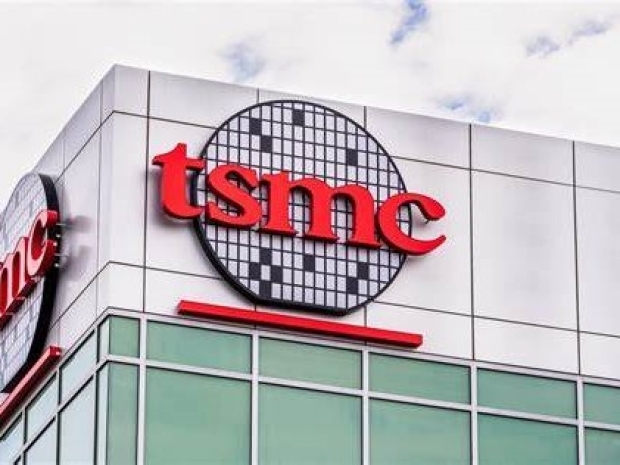If everything goes according to plan, TSMC will have 2nm mass production by 2025, and the Tame Apple Press is excited because it expects its favourite company to move in and take the lot. We suspect that Nvidia will have something to say about that.
TSMC is the sole contender capable of delivering the volume and calibre of 2nm and 3nm semiconductors that Apple necessitates, with the US multinational cult reserving all available chipmaking capacity.
TSMC said it is endeavouring to augment production by 300 per cent by the end of the current year to satisfy demand.
However, there are some severe concerns that TSMC can’t make it in time for next year as clients Apple and Nvidia would be burdened by technical challenges for the inaugural application of Gate All Around (GAA) technology, leading to a postponement of 2nm plans until 2026.
Zhang said those concerns were rubbish as the yield for GAA “reached 90 per cent of the target,” with production poised to escalate in the ensuing months. This update might appease Apple following its COO Jeff Williams’ purported secret visit to Taiwan to negotiate terms on providing 2nm chips with TSMC President Wei Zheija.
Apple’s iPhone 15 Pro is powered by the A17 Pro chip, using TSMC’s extant 3nm parameters, while its M4 chip recently debuted in the new iPad. M3-based MacBook Air and Pro models also incorporate 3nm components. No one else seems particularly interested.
The 3nm process is deemed fast and efficient enough, but the 2nm innovation should elevate standards further. Preliminary indications propose enhancements to performance by 10 to 15 per cent, whilst power consumption could diminish by as much as 30 per cent.
Jobs Mob is expected to show off 2nm chips in its iPhone 17.

